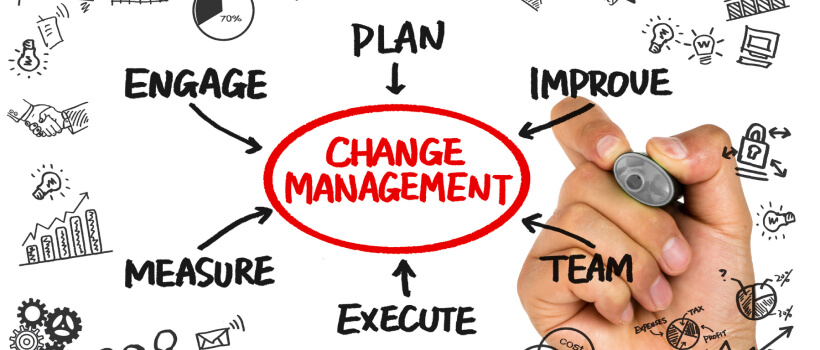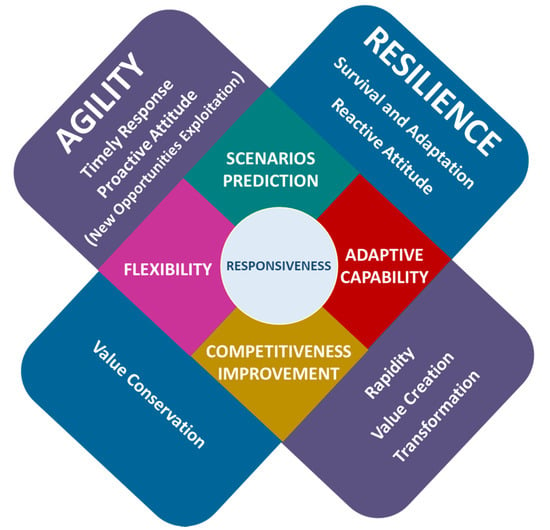Introduction
Understanding the Importance of Adaptability
In today’s rapidly changing world, the ability to adapt is more crucial than ever. Organizations face constant shifts—from evolving technologies to changing consumer preferences. This need for adaptability isn’t just an advantage; it’s a necessity for survival. Imagine being in a scenario where a company resists change due to rigid hierarchies. Such resistance can lead to missed opportunities and, eventually, decline. Conversely, companies that embrace adaptability can pivot effectively, keeping them relevant and competitive.
Table of Contents
Key Characteristics of an Adaptability Culture
Creating an adaptability culture is essential for fostering resilience. Here are some key characteristics:
- Open Communication: Encourage honest dialogue throughout the organization.
- Empowered Employees: Allow team members to take initiative and make decisions.
- Continuous Feedback: Implement regular opportunities for constructive feedback.
- Diverse Teams: Celebrate diversity to bring multiple perspectives to problem-solving.
These elements can transform your company into a thriving adaptability culture, ready to face whatever challenges come next.
Building an Adaptability Culture
Leadership ‘s Role in Fostering Adaptability
Leadership plays a pivotal role in cultivating an adaptability culture. When leaders model flexibility, their teams are more likely to embrace change. Picture a scenario where a manager openly discusses the adjustments they’re making to meet market demands. Such transparency not only builds trust but also inspires employees to be more agile in their roles. To foster this culture, consider these key practices:
- Lead by Example: Show your willingness to adapt.
- Encourage Experimentation: Allow teams to try new approaches without fear of failure.
- Recognize Contributions: Celebrate innovative ideas that make a difference.
Creating a Flexible Work Environment
A flexible work environment forms the backbone of an adaptability culture. In a world that often demands quick change, providing employees with tools and autonomy is vital. Here’s how you can create such an environment:
- Remote Work Options: Give employees the choice to work from home when viable.
- Flexible Hours: Allow variations in work hours to accommodate personal schedules.
- Collaborative Spaces: Design offices to promote collaboration and idea sharing.
Building a supportive framework like this encourages a culture where adaptability thrives!

Embracing Continuous Learning
Promoting a Growth Mindset Among Employees
Transitioning from a flexible environment to a learning-focused culture is key in fostering adaptability. One of the most powerful tools in this journey is promoting a growth mindset among employees. When team members believe their abilities can be developed through dedication and hard work, they are more likely to embrace challenges. To encourage this mindset:
- Celebrate Efforts, Not Just Results: Recognize the process and the lessons learned, not just successful outcomes.
- Encourage Risk-Taking: Create an environment where trying something new is seen as valuable, even if it doesn’t work out.
- Share Success Stories: Highlight examples of team members who grew through challenges.
Investing in Training and Development Programs
Alongside a growth mindset, investing in training and development programs showcases your commitment to continuous learning. Whether it’s in-person workshops, online courses, or lunch-and-learn sessions, equipping employees with new skills can boost their confidence. Consider these strategies:
- Tailored Training: Offer personalized programs based on individual career goals.
- Mentorship Opportunities: Pair employees with mentors for guidance and support.
- Regular Skill Assessments: Conduct assessments to identify areas for growth and tailor resources accordingly.
By embedding these practices into your company’s culture, you create an ecosystem where continuous learning flourishes and adaptability thrives!

Navigating Change Effectively
Communication Strategies during Times of Change
As we embrace continuous learning, effective communication becomes essential when navigating change. Clear and transparent communication helps alleviate uncertainty among your team. Imagine a company announcing a major shift in strategy; if the leadership keeps employees informed at each step, it builds trust and collaboration. Here are some effective communication strategies:
- Be Transparent: Share the ‘why’ behind changes—understanding motivations fosters buy-in.
- Utilize Multiple Channels: Use emails, meetings, and social platforms to reach all employees.
- Encourage Feedback: Create forums or surveys where employees can voice their concerns and suggestions.
Managing Resistance to Change within the Organization
Resistance to change is natural, but managing it effectively can make a world of difference. When team members express resistance, it’s essential to approach the situation with empathy. Here are a few steps to address this:
- Listen Actively: Understand their concerns and validate their feelings.
- Provide Support: Offer resources to help employees adapt to changes smoothly.
- Highlight Benefits: Clearly illustrate how the change can positively impact both the organization and individual team members.
By honing your communication strategies and addressing resistance head-on, you can navigate change effectively and cultivate a resilient, adaptable workforce.

Leveraging Technology for Adaptability
Utilizing Digital Tools for Flexibility
As we establish strong communication and manage resistance effectively, leveraging technology can further enhance adaptability in your organization. Digital tools now provide unprecedented flexibility, enabling teams to collaborate seamlessly from anywhere. For instance, consider using tools like Slack or Microsoft Teams for real-time communication. Here are other tools worth exploring:
- Project Management Software: Platforms like Trello or Asana help organize projects and tasks efficiently.
- Cloud Storage Solutions: Tools like Google Drive or Dropbox allow easy access to files from any device.
- Virtual Collaboration Tools: Using Zoom or Google Meet fosters face-to-face interactions regardless of location.
Implementing Agile Work Processes
In addition to digital tools, implementing agile work processes is vital for enhancing flexibility. Agile methodologies prioritize quick iterations and continuous feedback. This approach allows teams to adapt swiftly to new information or changes. Consider these practices:
- Daily Stand-ups: Short, focused meetings help teams stay aligned on goals and address obstacles.
- Iterative Work Cycles: Break projects into smaller segments to test and adjust based on feedback.
- Empower Teams: Encourage self-managing teams to foster ownership and fast decision-making.
By harnessing technology and agile methodologies, your organization can thrive in adaptability, ready to face ever-evolving challenges with confidence.

Measuring Success and Progress
Key Performance Indicators for Adaptability Culture
Now that we’ve discussed leveraging technology and agile processes, it’s crucial to measure the success of your adaptability culture through key performance indicators (KPIs). Establishing tangible metrics allows you to assess how well your organization is adapting to change. Consider these KPIs:
- Time to Adapt: Track how quickly your teams can adjust to new processes or shifts in strategy.
- Innovation Rate: Measure the number of new ideas implemented within a set timeframe.
- Project Success Rate: Analyze the percentage of projects that meet deadlines and objectives despite changes.
Evaluating Employee Satisfaction and Engagement Levels
Alongside KPIs, evaluating employee satisfaction and engagement levels is vital. Engaged employees are more likely to embrace change positively. Use methods like:
- Surveys: Conduct regular anonymous surveys to gauge employee sentiment regarding changes.
- Focus Groups: Facilitate discussions to dive deeper into employee experiences and concerns.
- One-on-One Check-ins: Schedule individual meetings to monitor attitudes and gather feedback.
By effectively measuring these elements, you’ll gain valuable insights that can help enhance your adaptability culture and elevate overall organizational performance.
Case Studies of Companies with Strong Adaptability Culture
Success Stories of Adaptable Organizations
Having established ways to measure success, let’s explore some inspiring case studies of companies that exemplify a strong adaptability culture. A prime example is Netflix, which transitioned from a DVD rental service to a leading streaming platform. This pivot was driven by a keen understanding of customer preferences and technological advancements. Here’s what sets them apart:
- Continuous Innovation: Regularly updates its content and technology to enhance user experience.
- Data-Driven Decisions: Uses extensive data analytics to guide content creation and recommendations.
Another standout is Amazon, which thrives on flexibility by rapidly evolving its services in response to market trends.
Lessons Learned from Companies Facing Change
Conversely, we can learn valuable lessons from companies that struggled with change. Blockbuster is a notable example; their reluctance to adapt to the digital age ultimately led to their decline. Some key lessons here include:
- Embrace Change: Always be willing to pivot in response to market shifts.
- Invest in Technology: Staying ahead of tech trends is essential for survival.
- Prioritize Customer Needs: Understanding and adapting to customer demands is crucial.
By analyzing these success stories and cautionary tales, you can glean actionable insights to nurture an adaptability culture within your organization.